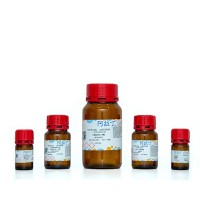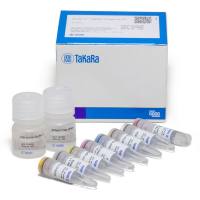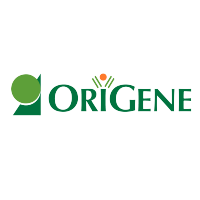Colorimetric Assays for Screening Laccases
互联网
764
In this chapter, we describe colorimetric methods for screening laccases using natural and nonnatural substrates. Laccases (EC 1.10.3.1) are blue-copper enzymes that oxidize phenols, polyphenols, and anilines (1 ,2 ). The catalytic capabilities of laccase can be greatly enhanced by the addition of suitable mediator compounds. In the presence of some of its primary substrates (such as 2,2′-azino-bis(3-ethylbenzthiazoline-6-sulfonic acid [ABTS] or 1-hydroxy-benzothiazole [HBT], laccase can catalyze the oxidation of nonnatural substrates, including polycyclic aromatic hydrocarbons (PAHs), a class of highly toxic organic pollutants widely distributed in terrestrial and aquatic environments (3 –7 ). The mechanism of oxidation by laccase-mediator systems (LMS) is still under discussion. In spite of enhancing the range of compounds amenable to oxidation by laccases, mediators have several disadvantages: they are expensive, poisonous, and show side reactions with substrates and products, leading to reduced yield and impurity of the products. Inactivation of laccase by free radicals of the mediators is an additional drawback (8 ,9 ). To optimize laccases for mediated applications or make them independent of mediators using directed evolution requires mediator-dependent screens.








